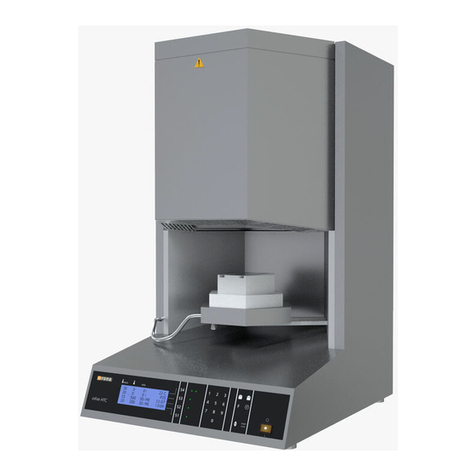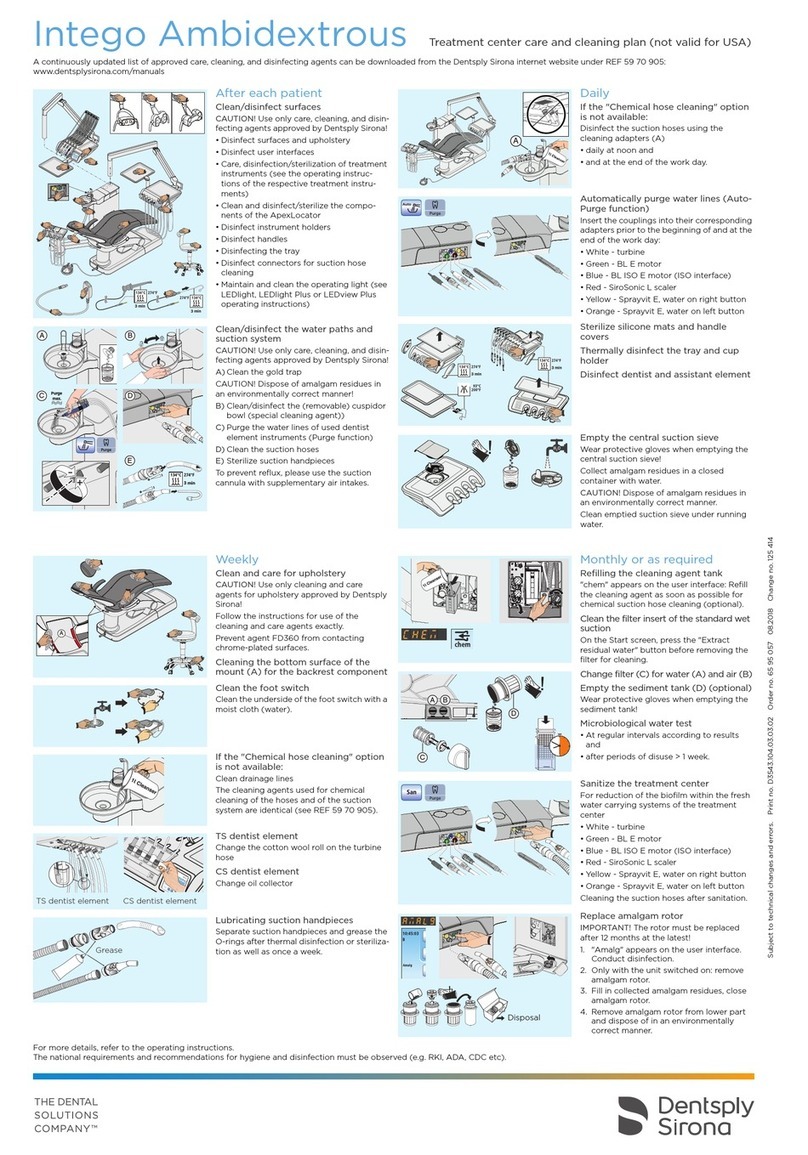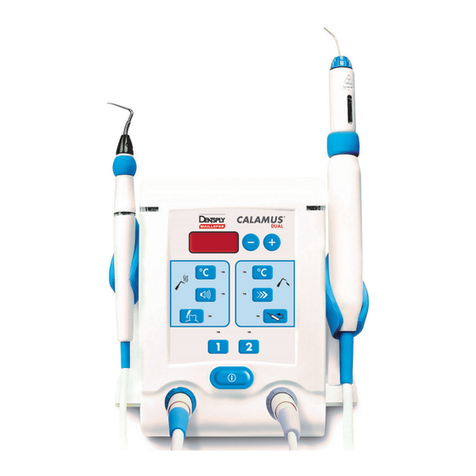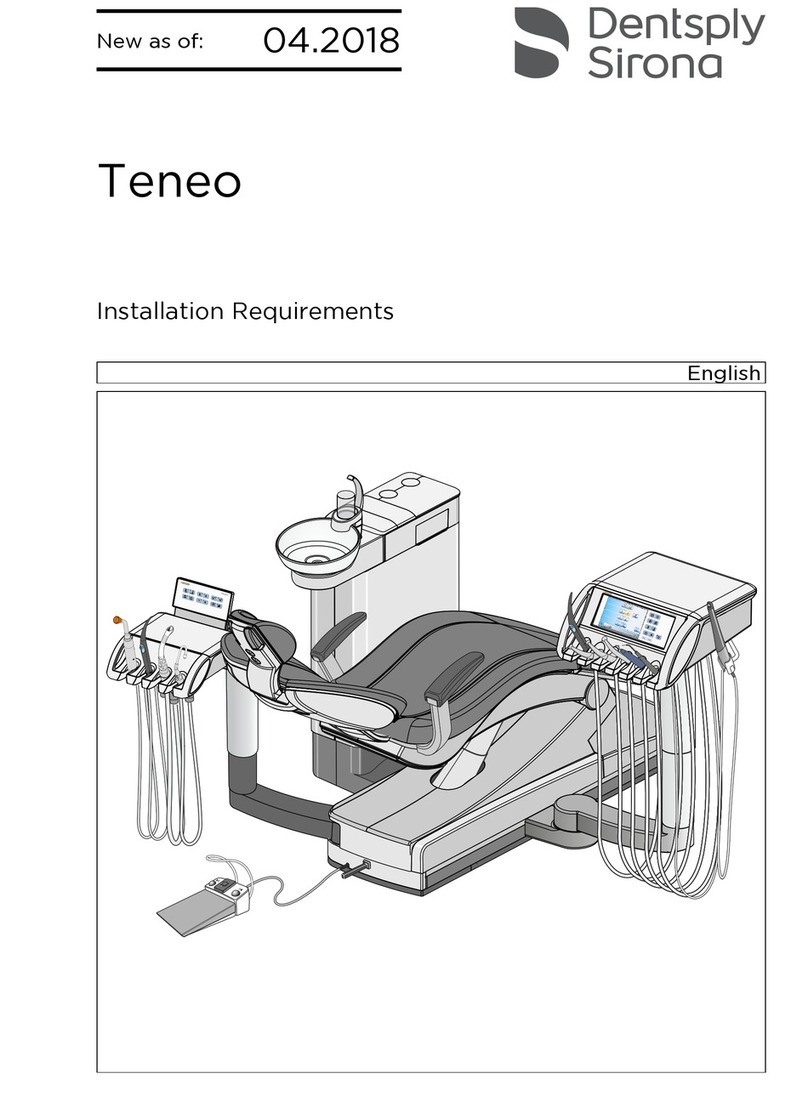Dentsply Sirona Cerec Guide 2 User manual
Other Dentsply Sirona Medical Equipment manuals
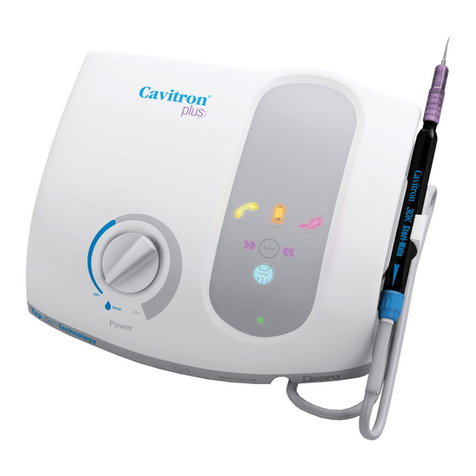
Dentsply Sirona
Dentsply Sirona Cavitron Plus Manual

Dentsply Sirona
Dentsply Sirona Endo IQ Manual

Dentsply Sirona
Dentsply Sirona Cerec Omnicam User manual
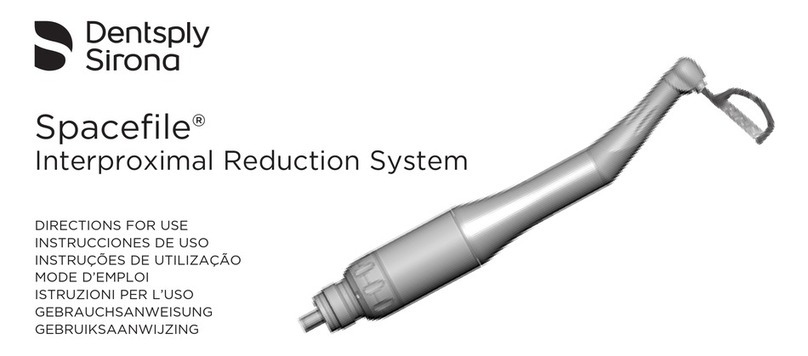
Dentsply Sirona
Dentsply Sirona Spacefile Manual
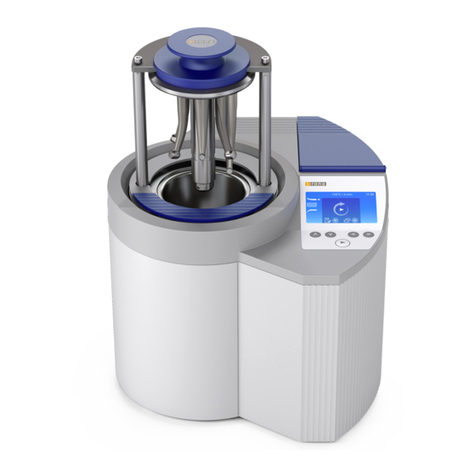
Dentsply Sirona
Dentsply Sirona DAC Universal User manual
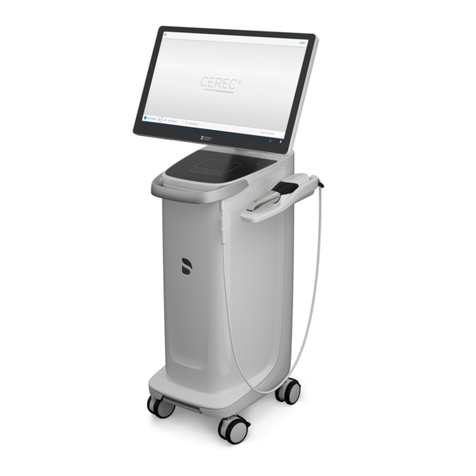
Dentsply Sirona
Dentsply Sirona Primescan AC User manual
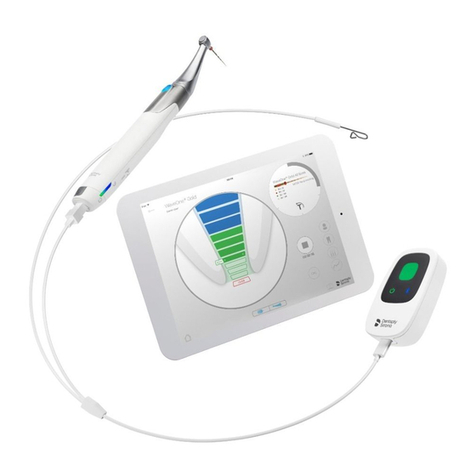
Dentsply Sirona
Dentsply Sirona Propex IQ User manual
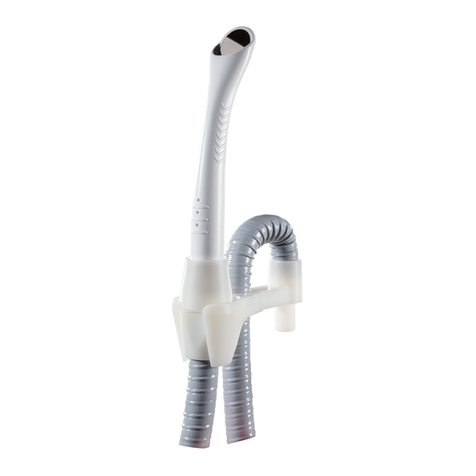
Dentsply Sirona
Dentsply Sirona Purevac HVE User manual
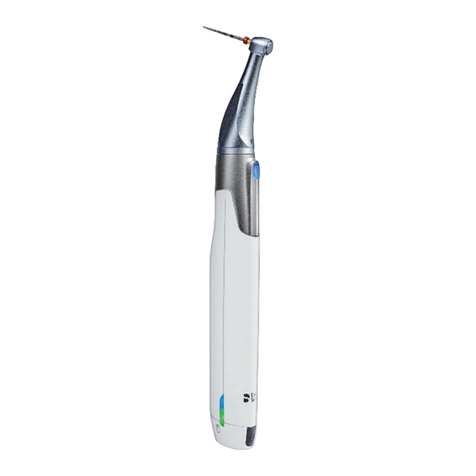
Dentsply Sirona
Dentsply Sirona X-Smart IQ Manual
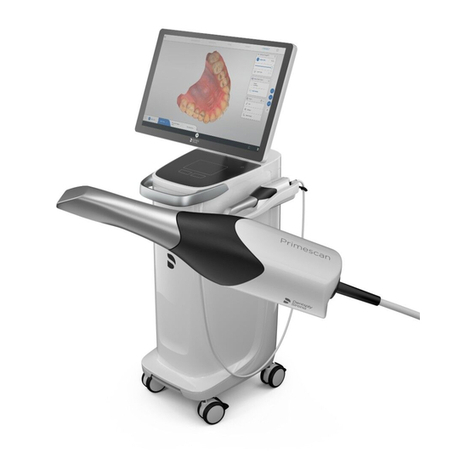
Dentsply Sirona
Dentsply Sirona CEREC Primescan AC User manual
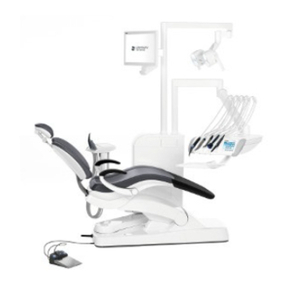
Dentsply Sirona
Dentsply Sirona Intego Pro Maintenance manual

Dentsply Sirona
Dentsply Sirona Cavitron 300 Series Manual
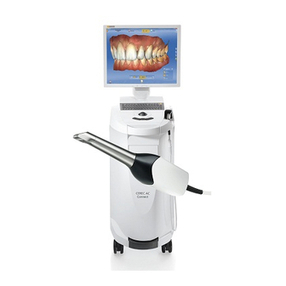
Dentsply Sirona
Dentsply Sirona CEREC AC User manual
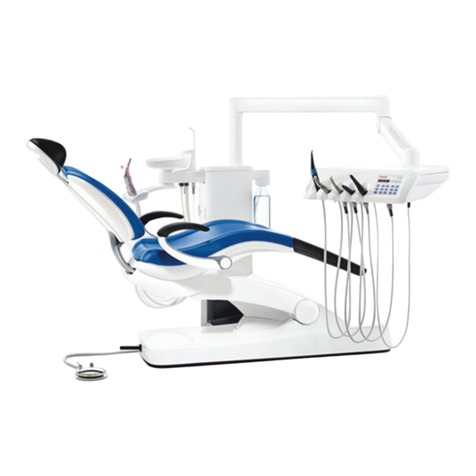
Dentsply Sirona
Dentsply Sirona Intego Technical specifications
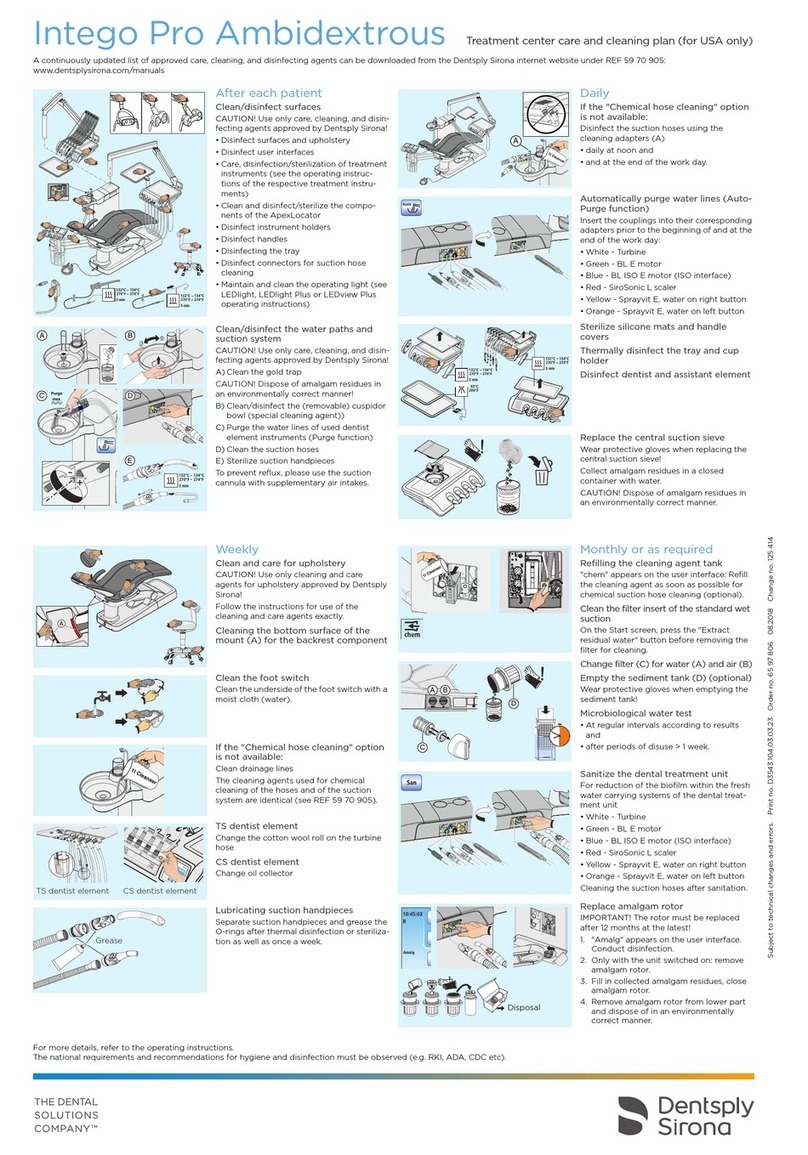
Dentsply Sirona
Dentsply Sirona Intego Pro Ambidextrous Maintenance manual
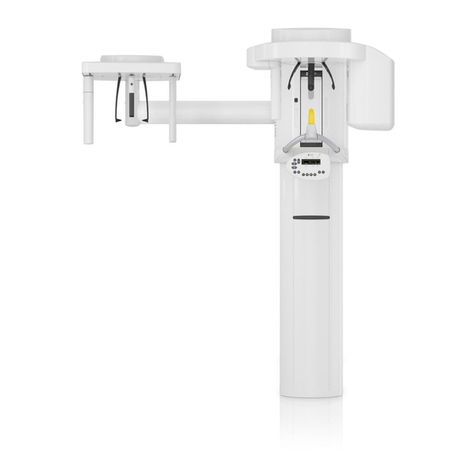
Dentsply Sirona
Dentsply Sirona Orthophos E Ceph User manual

Dentsply Sirona
Dentsply Sirona Intego User manual
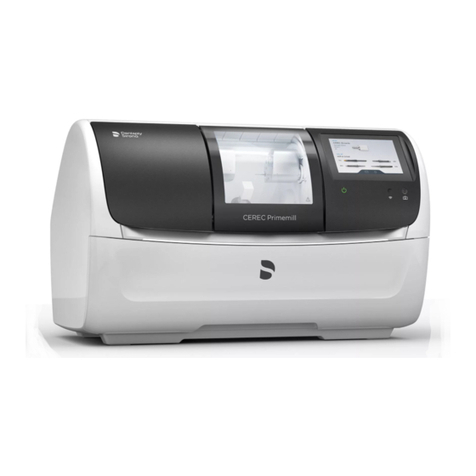
Dentsply Sirona
Dentsply Sirona CEREC Primemill User manual
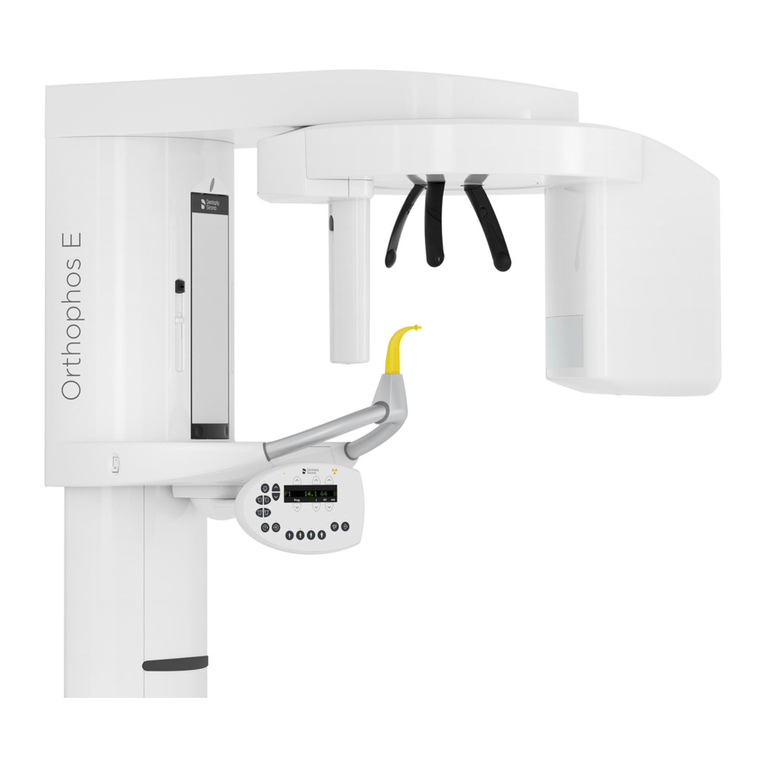
Dentsply Sirona
Dentsply Sirona Orthophos E User manual
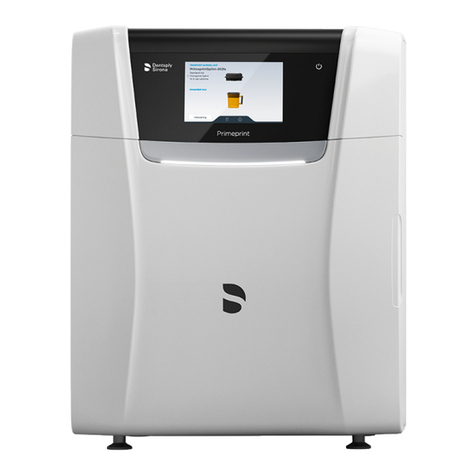
Dentsply Sirona
Dentsply Sirona Primeprint User manual
Popular Medical Equipment manuals by other brands

Getinge
Getinge Arjohuntleigh Nimbus 3 Professional Instructions for use

Mettler Electronics
Mettler Electronics Sonicator 730 Maintenance manual

Pressalit Care
Pressalit Care R1100 Mounting instruction

Denas MS
Denas MS DENAS-T operating manual

bort medical
bort medical ActiveColor quick guide

AccuVein
AccuVein AV400 user manual
